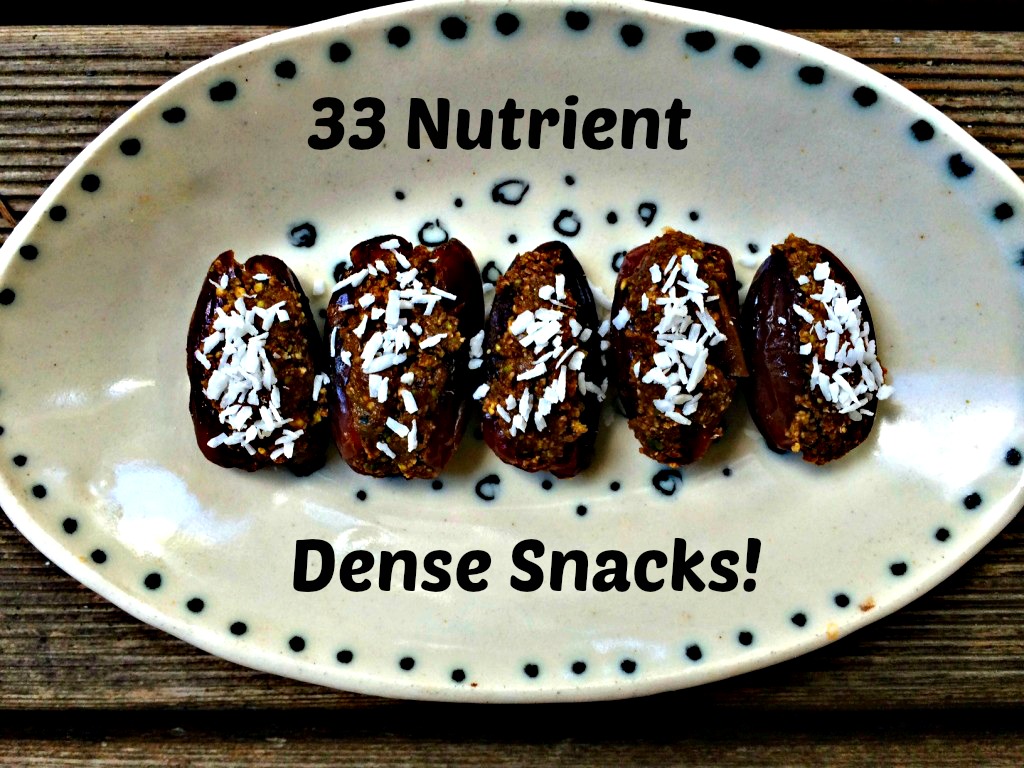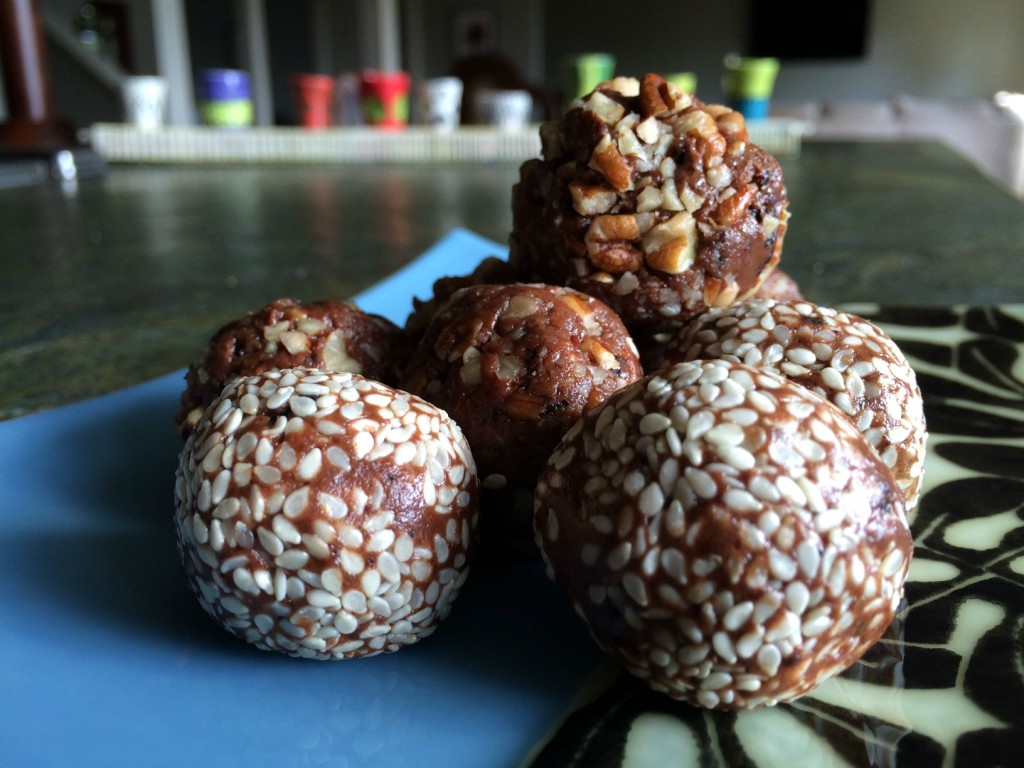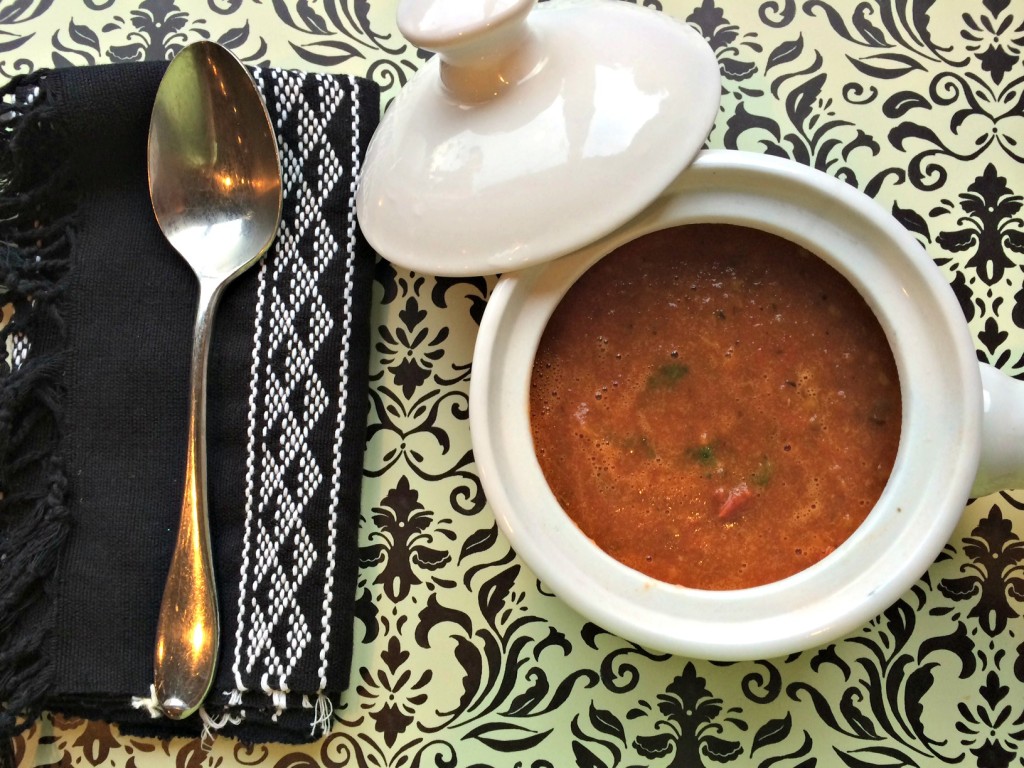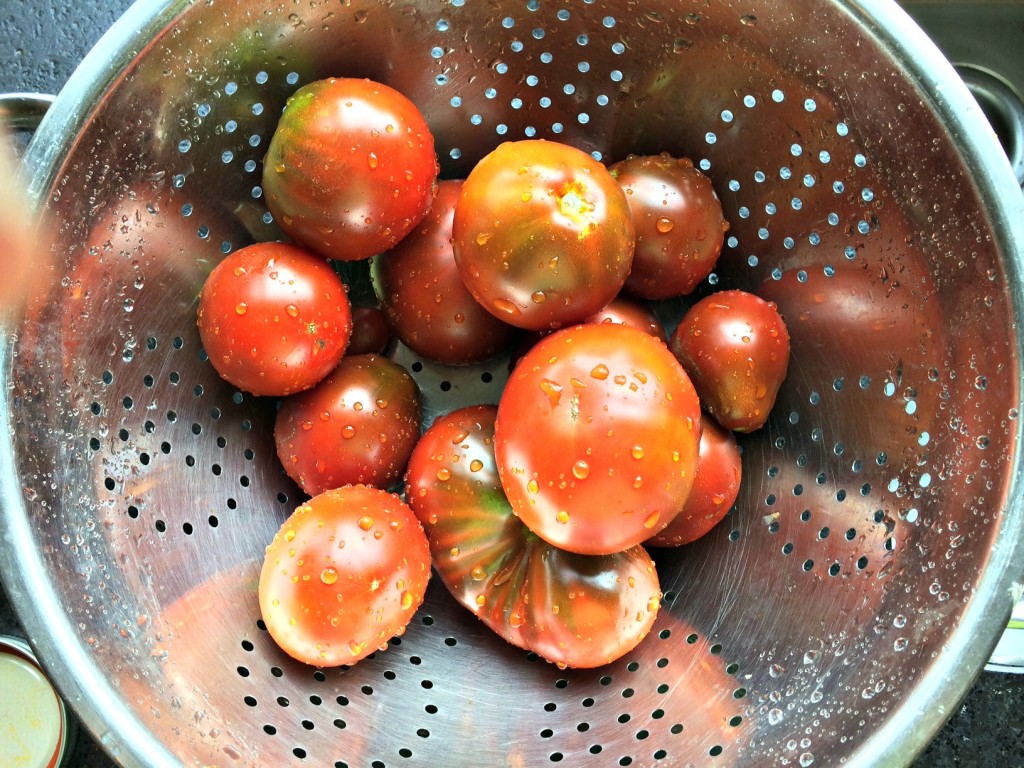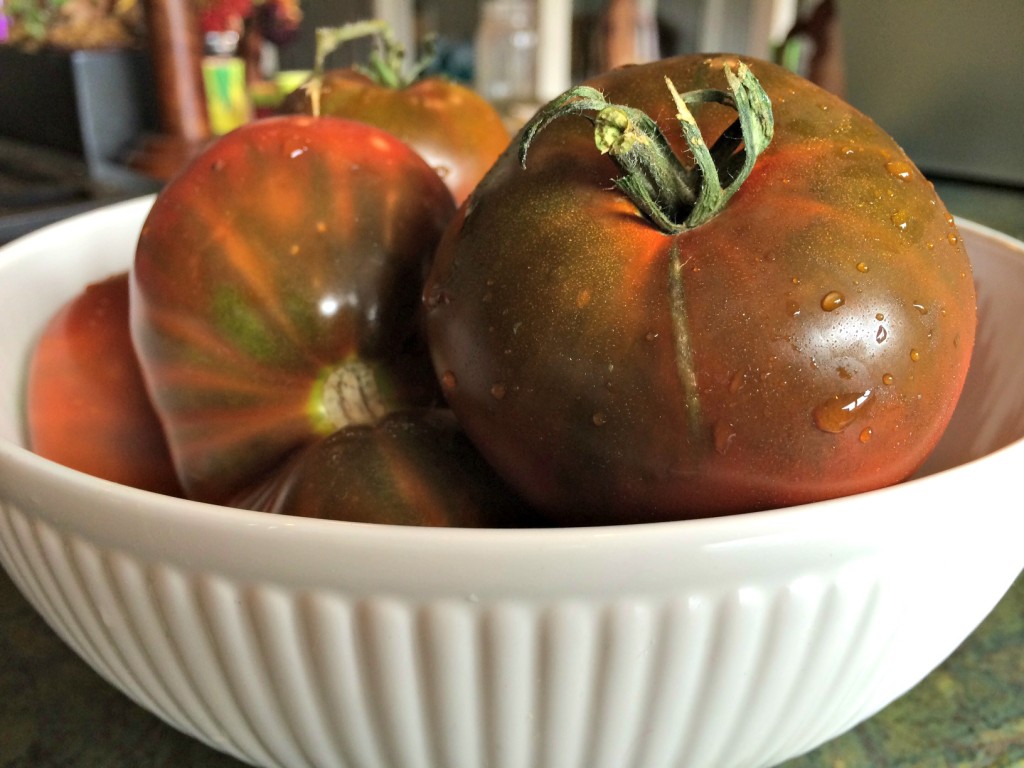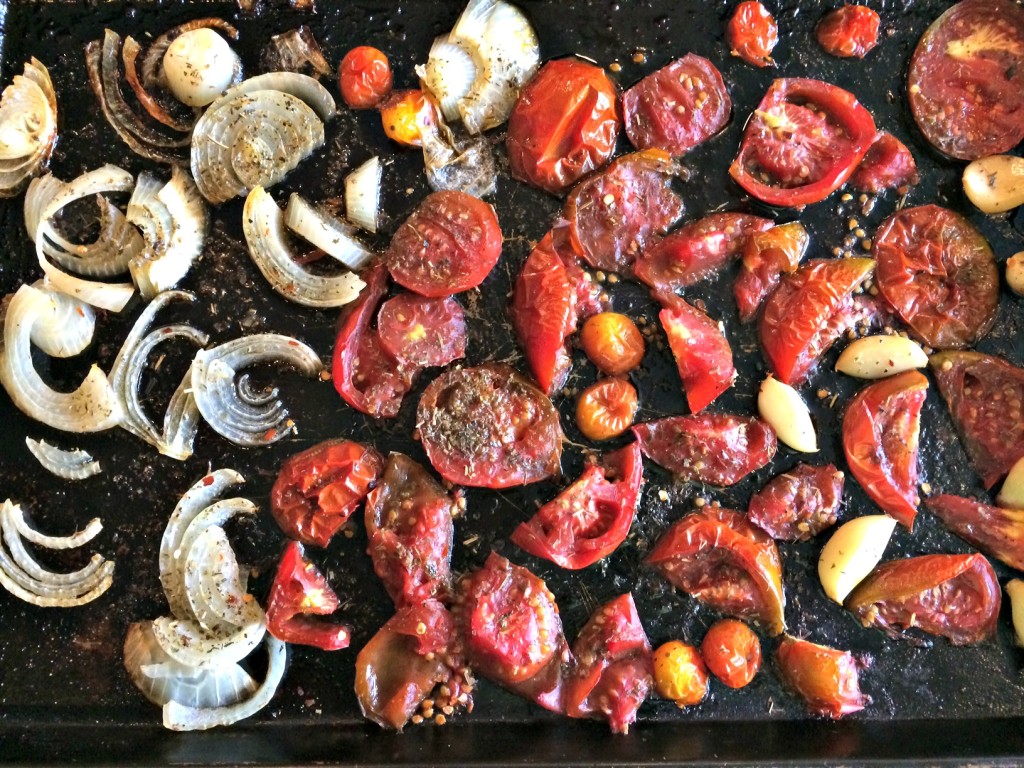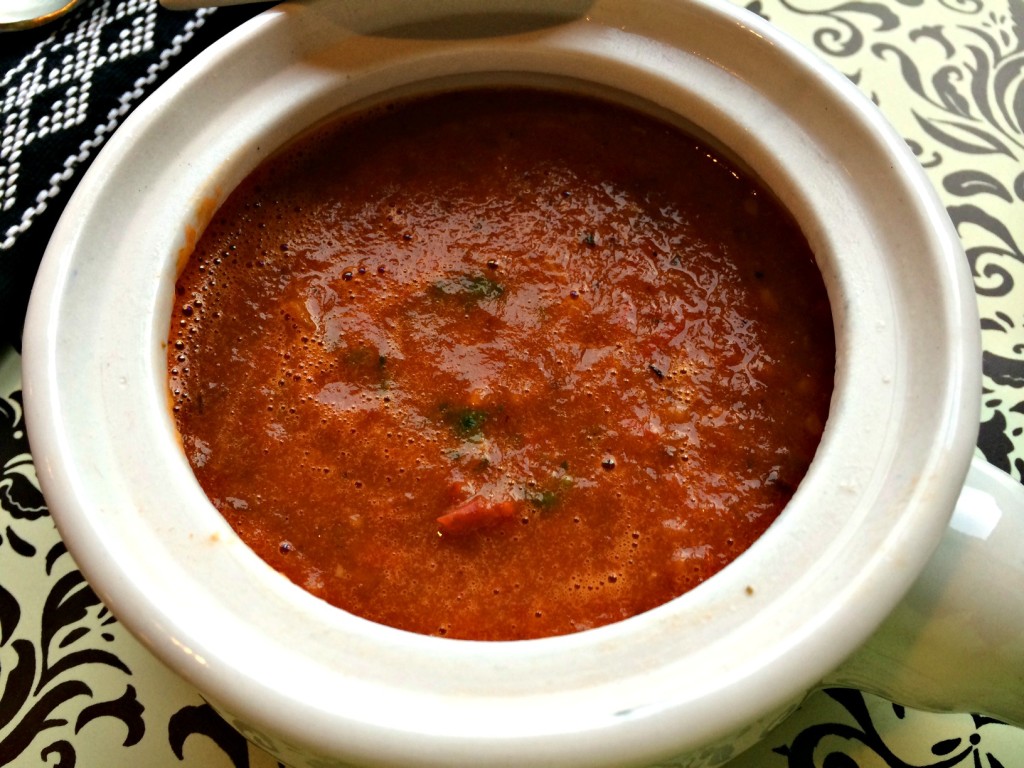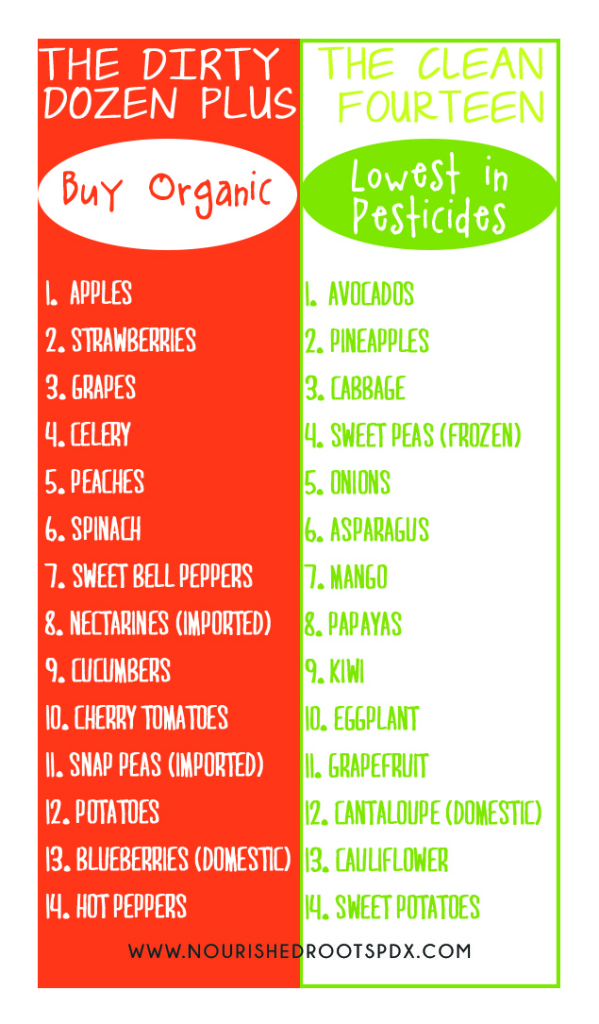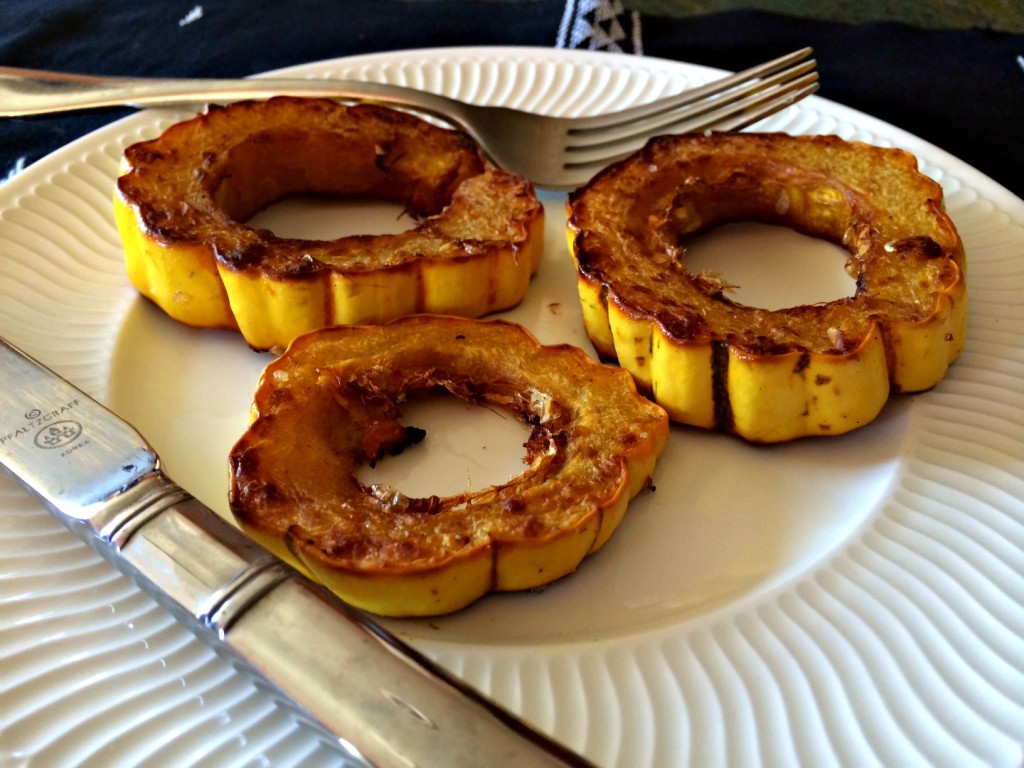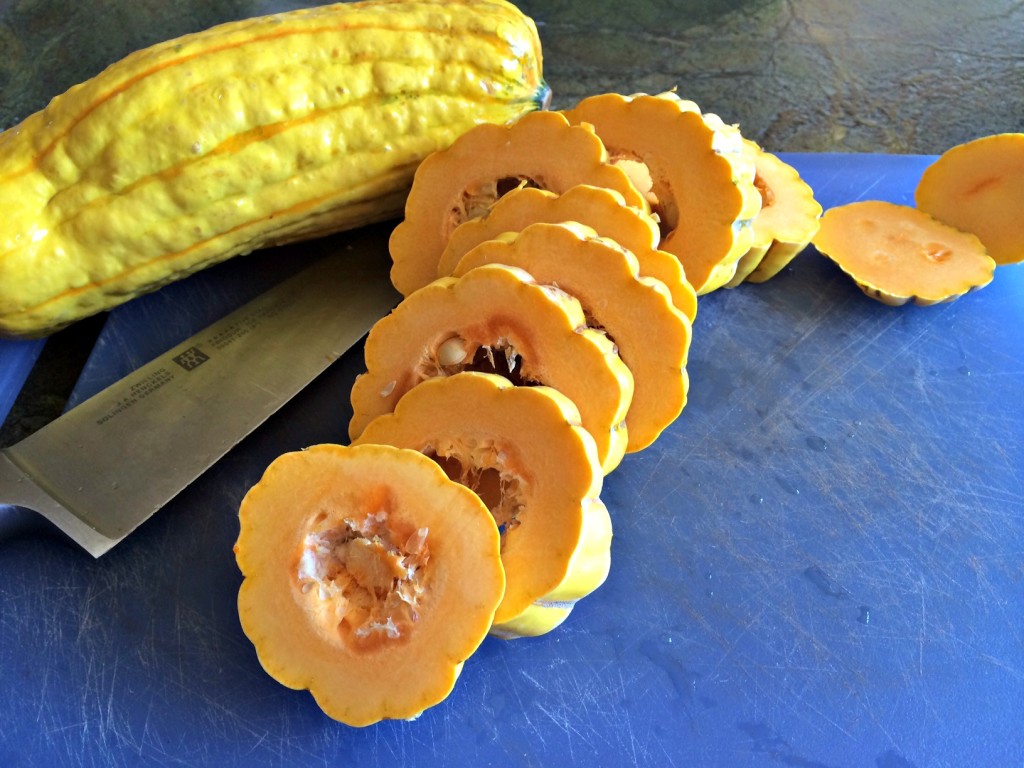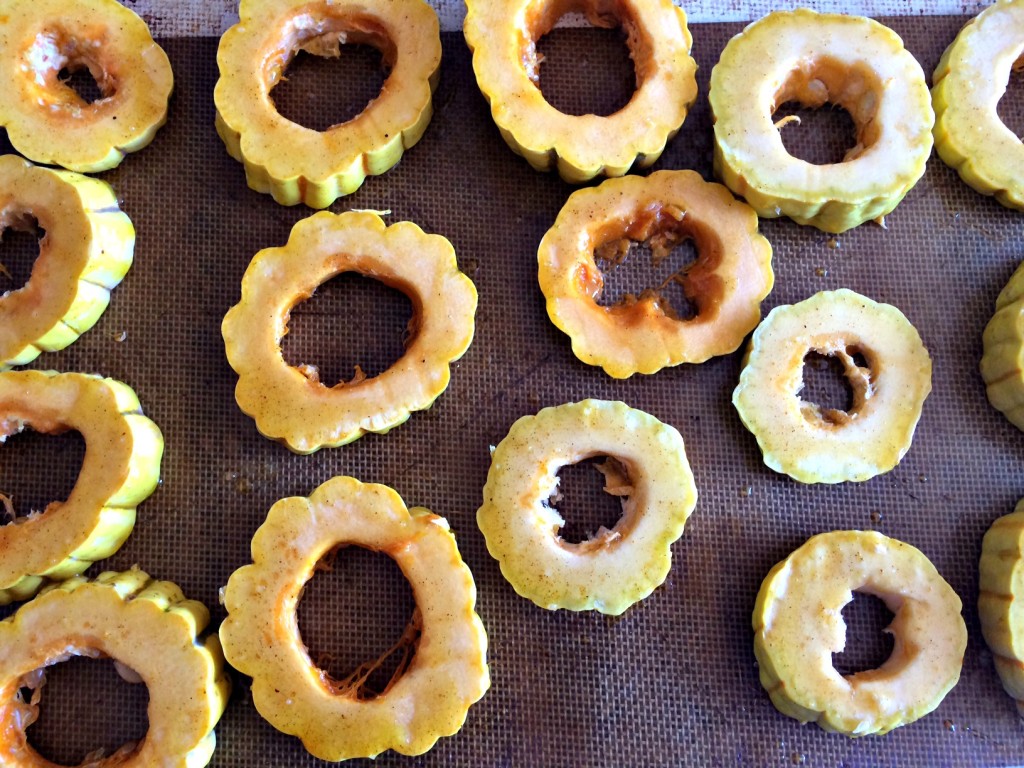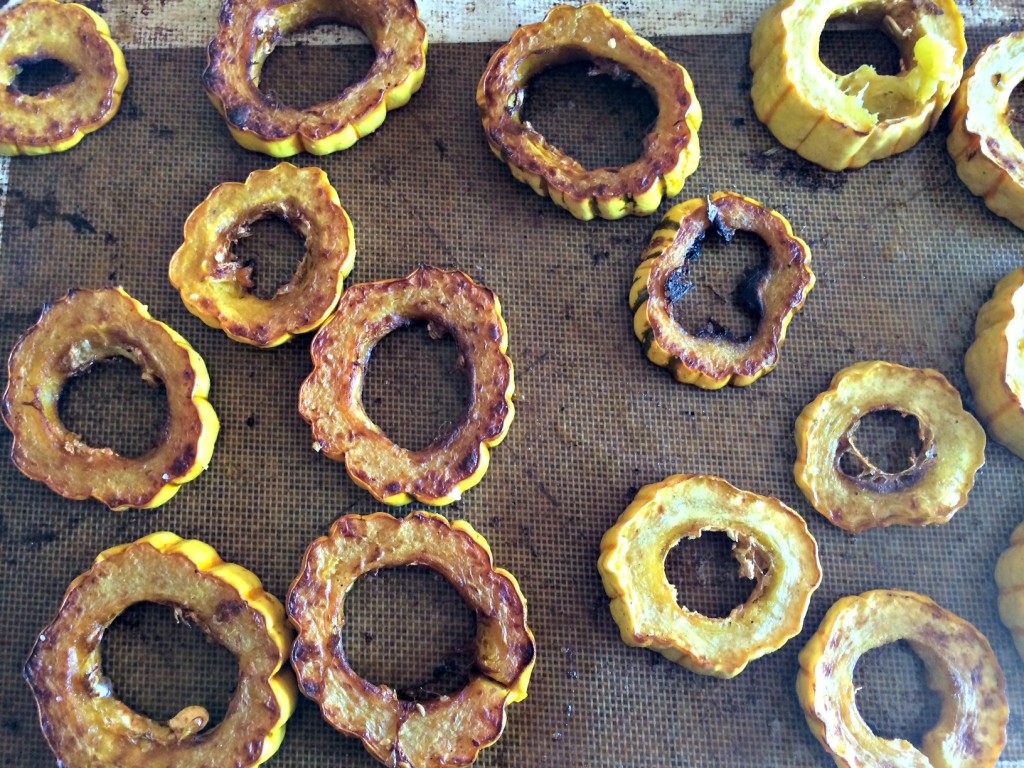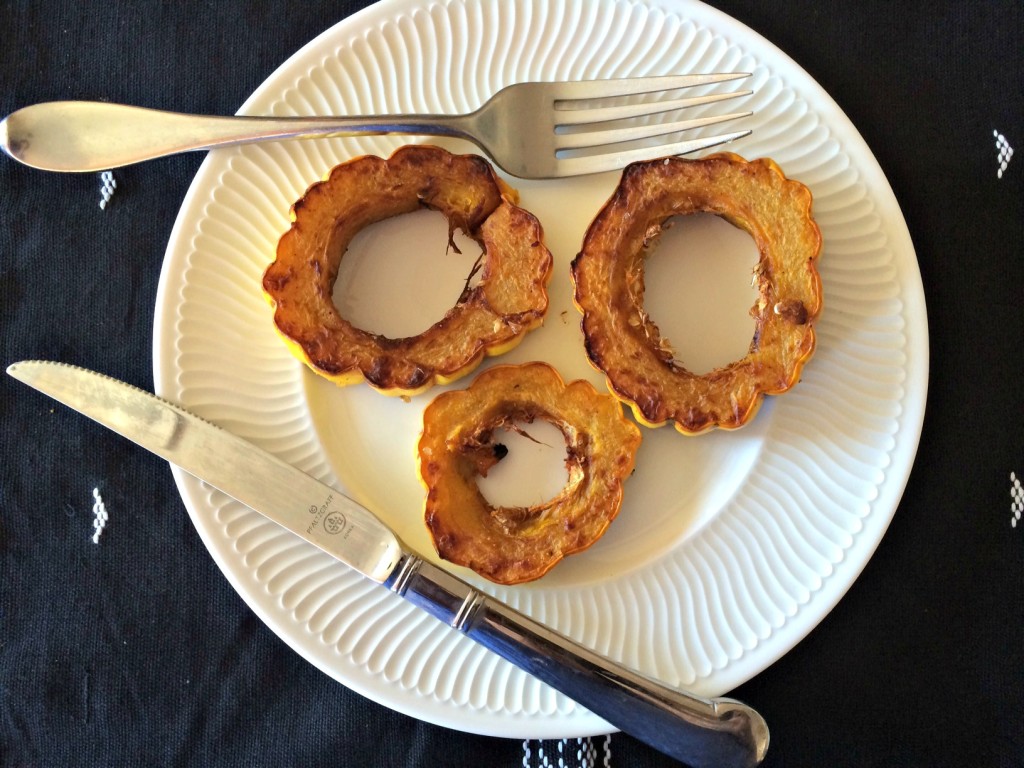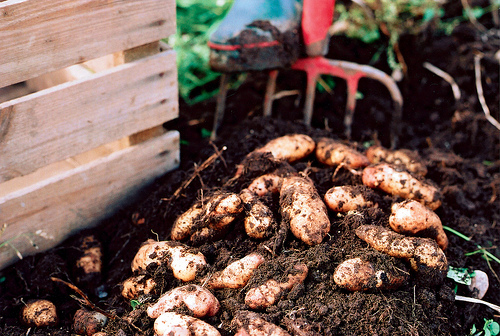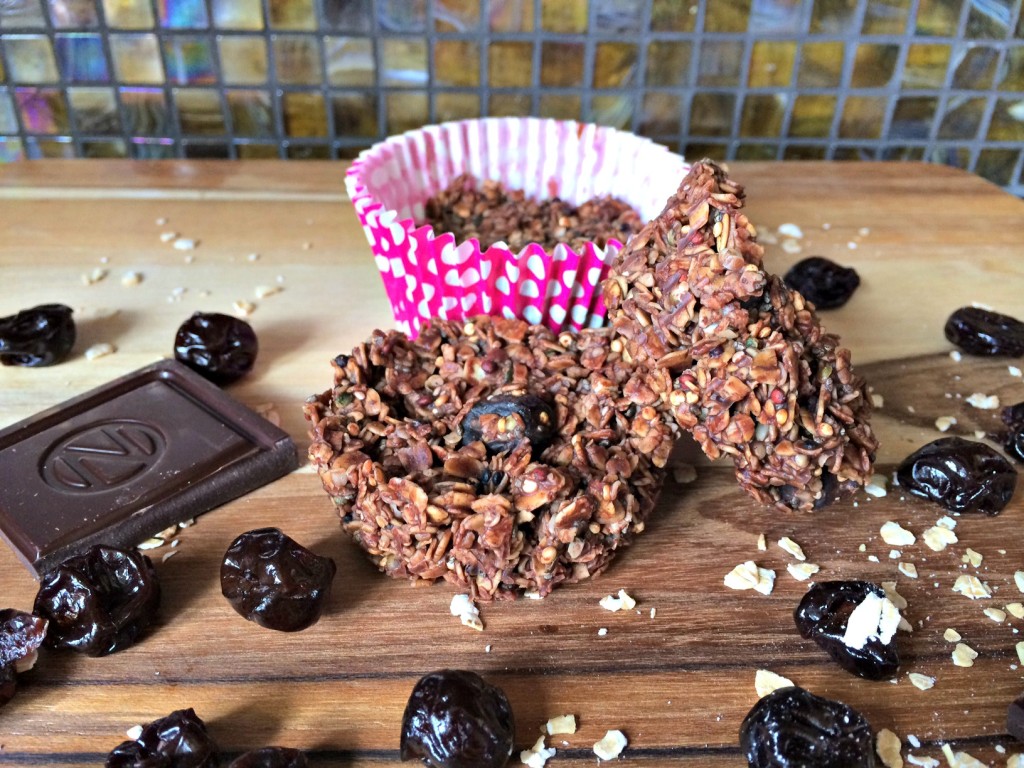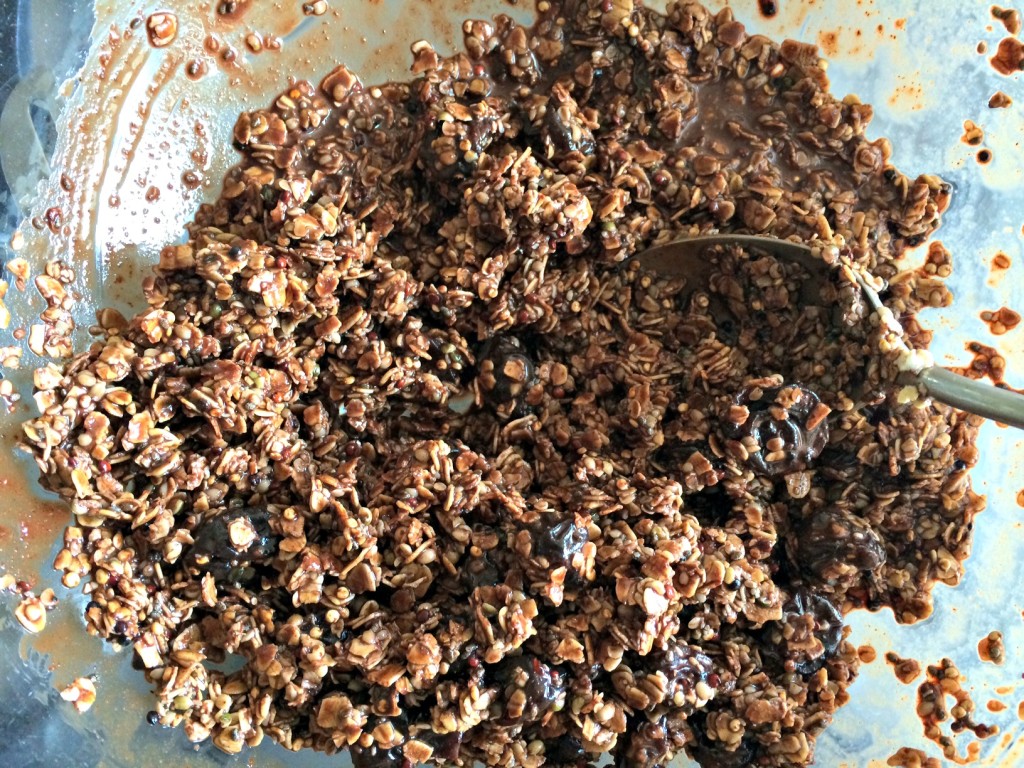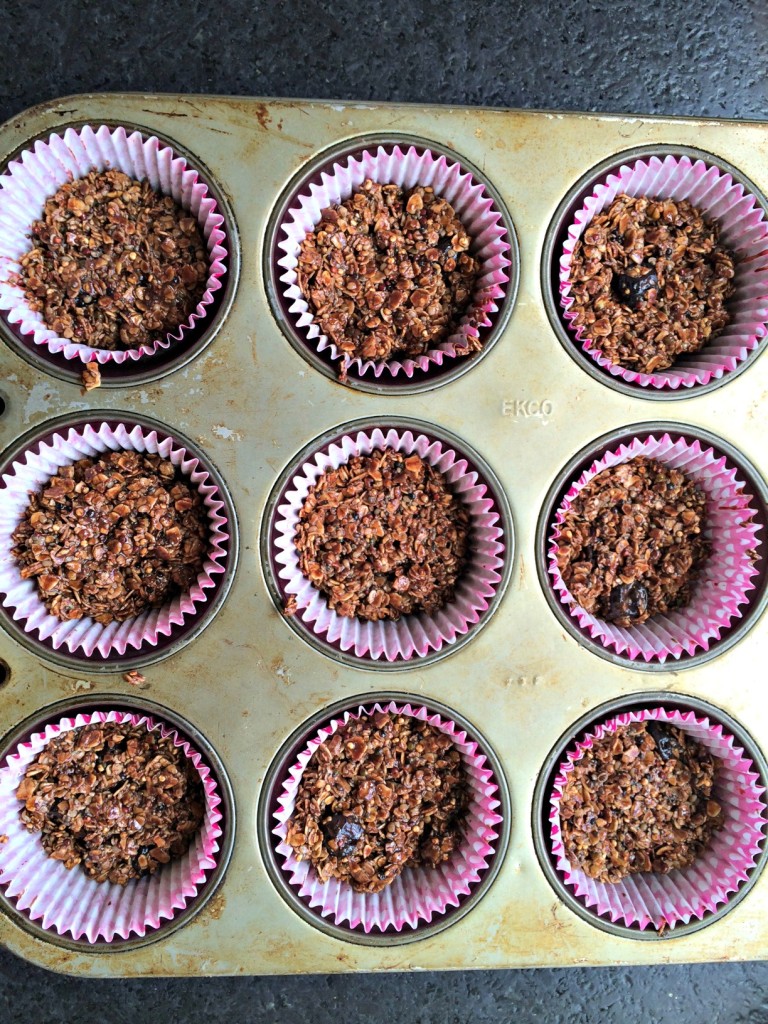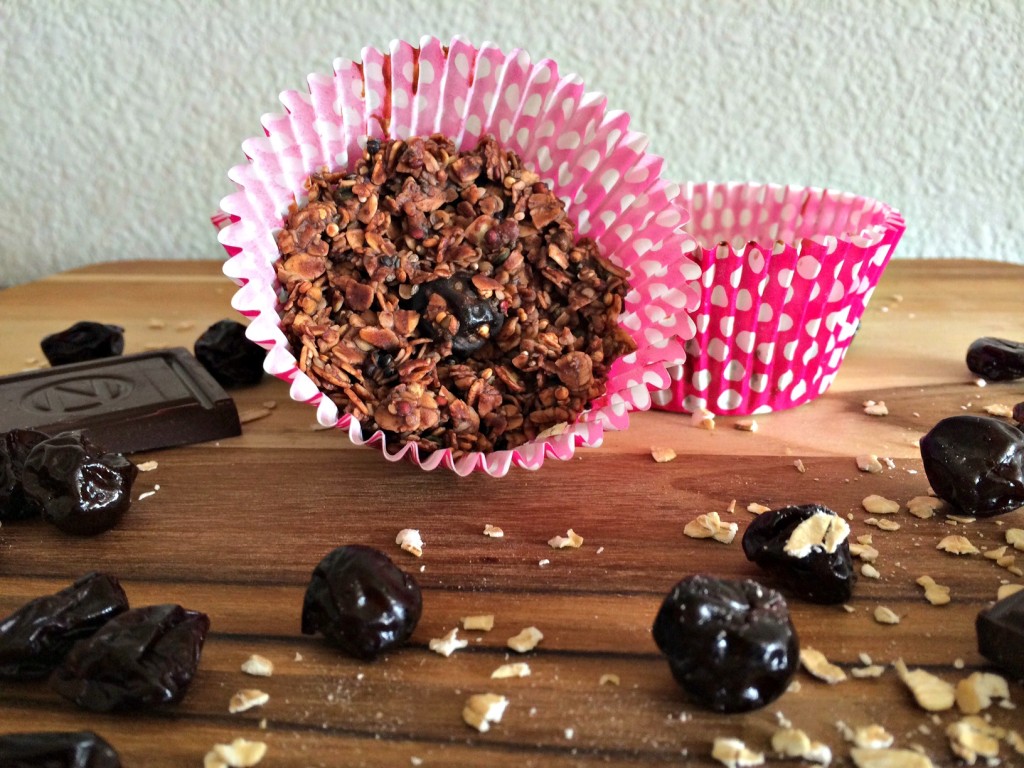I am always searching for a perfect go to snack that will fill me up while stoking my body with healthy fuel. Here is a list of 33 nutrient dense, tasty snacks I rely on to fuel me an my family.
- 4 dates stuffed with 1 tbs of nut butter (roughly 180 calories)
- Chili Lime Popcorn .
- Apple with 1 tbs of almond butter (180 calories)
- Frozen banana with 10 almonds (180 calories)
- ½ avocado topped with salt, pepper and spoonful of salsa (170 calories)
- 2 tbs of chia seeds with ¼ cup of almond milk and ½ cup of blueberries (196 calories)
- 1 cup of jicama spears with ¼ cup guacamole and 2 tbs of salsa (165 calories)
- 1 cup veggie juice with 4 slices of deli turkey (150 calories)
- 3 tbs of hummus spread on hearts of palm spears (180 calories)
- 1 100 calories whole wheat pita with 2 tbs of hummus (170)
- 1 cup of shelled edamame (200 calories)
- 6 dates stuffed with 3 tsps of Gorgonzola cheese and 1 almond each (210 calories)
- 2 large hard boiled eggs and ¾ cup of cherries (210 calories)
- 1 ounce of turkey jerky, 1/8 cup of slivered almonds and a pear (208 calories)
- 9 walnut halves and 1 cup of sliced plums (194 calories)
- 4 dried figs and two slices of prosciutto (210 calories)
- 1 apple and 1 piece of string cheese (160 calories)
18. Chocolate Almond Energy Blasts
19. Four fresh figs stuffed with 1 tbs of goat cheese and then drizzled with honey (206 calories)
20. 1 Trader Joes mini fiber cake spread with 1 tbs of nut butter (175 calories)
21. 3 oz of deli turkey spread with 2 tbs of hummus and then rolled up
22. One 6 inch whole wheat tortilla, spread with 2 tbs of Trader Joe’s Fat Free Black Bean dip with ¼ avocado, then rolled up (190 calories)
23. Trader Joe’s Fat Free Bean Dip spread on 2 oz of deli turkey and ¼ avocado (180 calories)
24. Medium pear, 1 tbs of chopped walnuts, 1 tsp of honey (170 calories)
25. Larabar (roughly 200 calories, depending on flavor)
26. 7 oz full fat Greek Plain Yogurt with handful of raspberries
27. Medium banana with 1 tbs of peanut butter (190 calories)
28. 3 Rye crackers with 1 oz of goat cheese and 1/3 cup of blueberries
29. 1 serving of pita chips and 1 kiwi
30. 1/3 cup of part skim milk ricotta plus 11 chopped smokey almonds
31. ¼ cup of Love Grown Granola, ¼ cup of blueberries with ½ cup unsweetened almond milk (166 calories)
32. 2 hard boiled eggs with 2 tsps of sriracha sauce (165 calories)
33. 1 cup whole strawberries dipped in 2 melted Lindt Excellence Chili Bar squares (141 calories)
Enjoy!!
Also checkout this weeks Cooking For One Series I am participating in. Here is the line up of amazing bloggers with super yummy recipes. I can’t wait to try all these recipes!
|
Day
|
Friends
|
|
Sunday, October 5th
|
Katie @ Whole Nourishment ~ Green Quinoa Bowl
|
|
Monday, October 6th
|
Kellie @ Food to Glow ~ Grilled Shiitake Kimcheese
|
|
Tuesday, October 7th
|
Isadora @ She Likes Food ~ Vegetable Lasagna Roll-ups
|
|
Wednesday, October 8th
|
Dearna @ to her core ~ Roasted Pumpkin and Peanut Soup
|
|
Thursday, October 9th
|
Lynsey @ lynseylovesfood ~ Roasted Root Vegetable Calzones
|
|
Sarah @ Highgate Hill Kitchen ~ Spicy-Roasted Chickpeas, Herbed Freekeh & Moroccan Carrot Salad
|
|
|
Friday, October 10th
|
Grace @ Earthy Feast ~ Marinated Mushroom Sandwich with Sautéed Greens + Avocado + Egg
|
|
Saturday, October 11th
|
Teri @ Nourished Roots ~ Curried Red Lentil and Roasted Delicata Squash Soup
|
Shared with Urban Naturale and Fat Tuesday.

